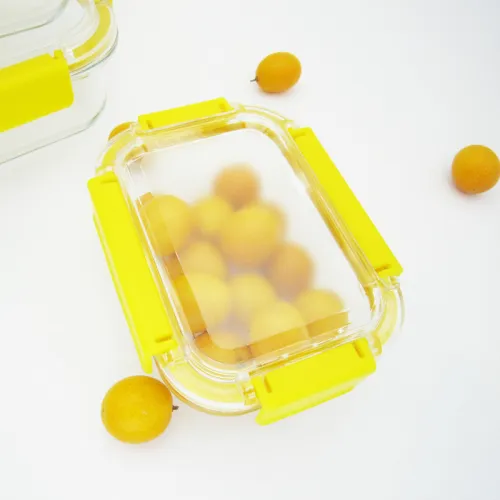 TEL: +86 311 67799298
TEL: +86 311 67799298 Email: tina@yintoglassware.com
Email: tina@yintoglassware.com
Cost of 750ml Glass Bottles for Various Applications and Markets
The Price Dynamics of 750ml Glass Bottles A Comprehensive Overview
In the world of packaging, the 750ml glass bottle holds a special place, particularly in the beverage industry. Its elegant design and functionality make it the preferred choice for a variety of products, including wine, spirits, and even craft beverages. This article explores the various factors that influence the price of 750ml glass bottles and offers insights into their market dynamics.
Material and Production Costs
The primary component of a glass bottle is, unsurprisingly, glass. The cost of raw materials for glass production, principally silica sand, soda ash, and limestone, greatly impacts the overall price of the finished product. Fluctuations in these material costs can be attributed to various factors, including mining activity, global demand, and energy prices. Furthermore, the production process involves substantial energy consumption, particularly during the melting of raw materials. As energy prices rise, so does the cost of producing glass bottles, which, in turn, affects their market price.
Design and Customization
The price of a 750ml glass bottle can also vary significantly based on design and customization options. Standard bottles may be less expensive, but companies often seek unique shapes, colors, and textures to differentiate their products in a competitive marketplace. Customization often involves additional costs, encompassing mold creation and specialized finishing techniques. Brands willing to invest in distinctive packaging can enhance their product appeal, but this comes at a premium cost.
Manufacturing Scale and Technology
750ml glass bottle price

The scale of manufacturing plays an essential role in determining the unit price of 750ml glass bottles. Mass production results in economies of scale, enabling manufacturers to spread fixed costs over a larger number of units, thereby reducing the cost per bottle. Conversely, smaller-scale operations may face higher per-unit costs, as they lack the volume to benefit from these efficiencies. Moreover, advancements in manufacturing technology can streamline production processes, lowering costs and enhancing the sustainability of operations, which is increasingly important to environmentally-conscious consumers.
Market Demand and Competition
Market dynamics significantly influence the pricing of 750ml glass bottles. The demand for glass bottles, particularly in the wine and craft beverage sectors, has been on the rise. Consumers often associate glass packaging with quality and craftsmanship, driving demand for premium products. This rising demand can lead to increased prices, especially if production capacity cannot keep pace. Conversely, if the market becomes saturated, prices may stabilize or fall as competition increases among manufacturers.
Environmental Considerations
Sustainability is a growing concern for consumers and companies alike. The environmental impact of packaging materials influences purchasing decisions, with many brands transitioning to more sustainable practices. Glass, being recyclable and often perceived as eco-friendly, has gained favor. However, the costs associated with sustainable production practices, such as using recycled materials or employing energy-efficient manufacturing processes, can affect the pricing of glass bottles. Brands that prioritize sustainability may pass these costs onto consumers, influencing the overall market price.
Conclusion
The pricing of 750ml glass bottles is a complex interplay of various factors, including raw material costs, production processes, design choices, market demand, and sustainability considerations. As consumer preferences continue to evolve and the industry adapts to meet these changing demands, the price of glass bottles will likely fluctuate. Brands that understand these dynamics and strategically navigate them will not only enhance their product offerings but also remain competitive in a crowded marketplace. The 750ml glass bottle, embodying elegance and practicality, will continue to be a staple in beverage packaging, reflecting both the art of bottling and the intricacies of economic forces.
-
Benefits of Vacuum Containers with Pumps for Food PreservationNewsJun.12,2025
-
Glass Food Storage Container with Lid for Seal PreservationNewsJun.12,2025
-
Styling Amber Glass Plates for Modern TablescapesNewsJun.12,2025
-
Benefits of Double Wall Coffee Cups for Heat RetentionNewsJun.12,2025
-
Colored Glass Bowls in Cultural TraditionsNewsJun.12,2025
-
Durability of Colored Glass Dinnerware Compared to CeramicNewsJun.12,2025









